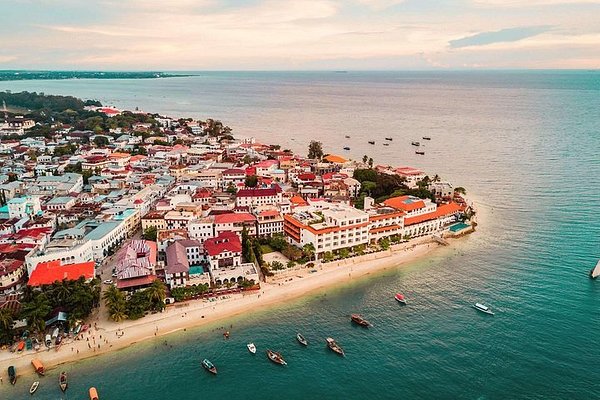
What does Zanzibar look like?
The archipelago’s history is full of legends and unusual historic moments. It would seem, what could overcome a sad reputation of the biggest slave market in the Indian Ocean? Only an aromatic spice, an Indonesian clove, imported by a passing ship.
The first clove tree was planted in Zanzibar in 1812. But in the couple of years, there were three clove trees for one coconut palm, due to this, by the middle of the 19 century the island became famous as the world’s largest producer of this spice. Since that time, spice plantations in Zanzibar have been the main source of income of island and the most interesting excursion for tourists.
What can you see in spice gardens?
Now more than half of the archipelago surface is set for the planting of spices. And Zanzibar guests have a unique opportunity to not only see how exotic trees, flowers and grass grow but truly feel an exceptional fragrance of this amazing island.
Go on excursions to Zanzibar, you will see all the details of the cultivation of:
- clove
- cinnamon
- nutmeg
- pepper
- cocoa
- vanilla
- coriander
Experienced guides will tell you some interesting facts and even habitual spices will be in a new light. For example, do you know that cloves grow on 10-metre tree which gives a harvest of flowers twice a year and it is gathered with the help of sickle? And well known black pepper is produced from berries growing on rods like grapes? And all kinds of this spice – black, white, green, pink are the same sort, just harvested at different times.
But except spices, on plantations you can see how exotic flowers and fruits grow, eat well pawpaw, jackfruit, rambutan, durian. And, certainly, the best present you can give to yourself and the people you value is fragrant spices of Zanzibar!


Comment (0)